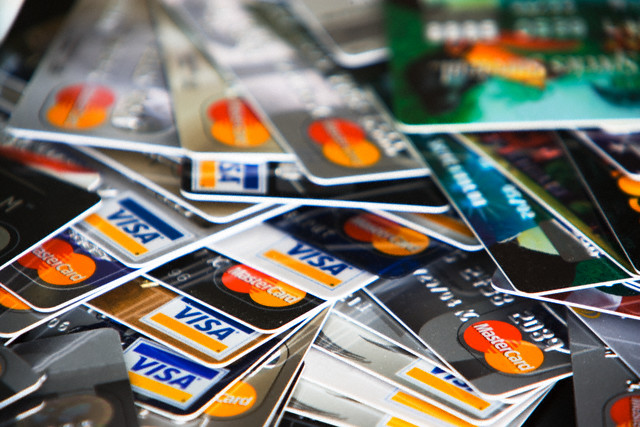
Just days after Russia’s central bank said both MasterCard and Visa are back in its good graces, the payment-card giants are being prodded by the central bank next door. President Alexander Lukashenko of Belarus said the National Bank of Belarus should look for alternatives to the international card brands, Russia Beyond the Headlines reported on Friday (Jan. 16).
“The National Bank shouldn’t be limited to traditional payment systems. You know who controls them. We should be using the most advantageous and safest payment options for our country. So look for them, try various systems out,” Lukashenko said while presenting the bank’s new chairman, Pavel Kallaur, to the National Assembly.
Lukashenko added that there was plenty of fraud in the payments sphere and that tight control was needed, and that Kallaur’s priority as central bank head was to bring inflation down and keep gold and foreign currency reserves at a safe level.
Belarus has been hit hard by the collapse of the ruble in Russia, whose economy is closely linked with Belarus’. In December, the Belarisian central bank announced that all Visa and MasterCard transactions for goods or services located abroad would be subject to a 30-percent tax. The move was aimed at discouraging conversions of Belarus’ ruble to other currencies, but it had the opposite effect, according to ForEx Magnates.
“The first and most important aspect of the National Bank’s work is to lower inflation. Here we need measures to boost the confidence of the public and companies in the national currency,” Lukashenko said on Friday. Another key task is to keep the banking sector steady, which requires “fair competition,” he said.
Exactly what Lukashenko has in mind isn’t clear. In Russia, after several banks were shut out of Visa and MasterCard transactions due to sanctions over Ukraine, the central bank made several moves to weaken dependency on the two big international card brands. They included a ramp up of China’s Union Pay in the country and a nationalized payments processing system, which Visa and MasterCard have now agreed to use, according to The Wall Street Journal.